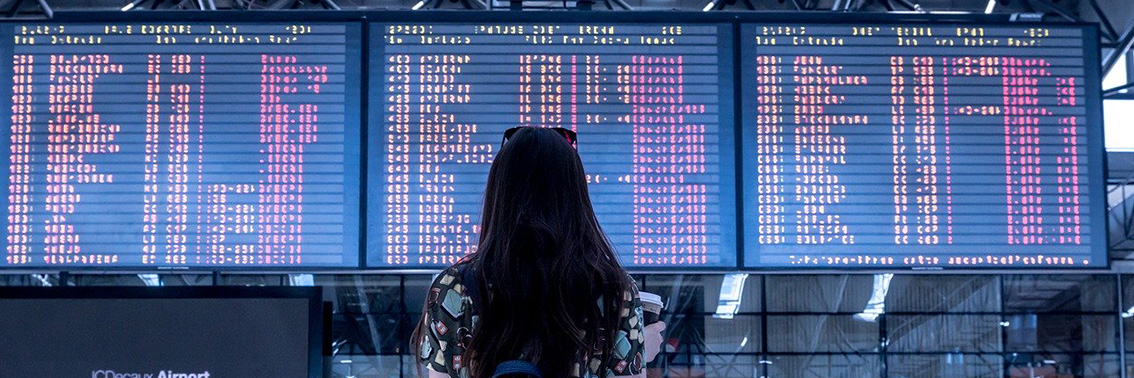Preliminary Assumptions
Among the various research areas of projects carried out by our specialists, tourist traffic research stands out, especially the Tourist Barometer of Lublin (conducted in four editions) and the Lublin Voivodeship Regional Tourist Observatory. The main goal of both projects was to obtain reliable data on the tourist traffic of the region, including:
- Structure and dynamics of tourist traffic.
- Number of domestic and foreign tourists staying in accommodation facilities.
- Socio-demographic characteristics of tourists and visitors.
- Overall and detailed satisfaction with visits to Lublin/Lublin Voivodeship.
- Actual and preferred sources of information about the tourist offer of Lublin/Lublin Voivodeship.
- Ranking of the most popular and frequently visited tourist places in Lublin/Lublin Voivodeship.
An additional thematic area of the Lublin Voivodeship was to determine the economic impact of tourism on the Lublin Voivodeship's economy, in relation to classic indicators such as GDP, employment, and wages.
Details regarding the results of all editions of the Tourist Barometer of Lublin can be found on the City of Lublin's website at https://lublin.eu/turystyka/badania/
Meanwhile, the results of measurements within the Lublin Voivodeship were presented during the first edition of the Lublin Tourism Forum, focusing on marketing and innovation in building a tourist brand. The comprehensive report of the Lublin Voivodeship can be accessed at https://www.lubelskie.pl/lubelskie-regionalne-obserwatorium-turystyczne/. The material presented at the 1st Lublin Tourism Forum can be found at https://www.lubelskie.pl/i-lubelskie-forum-turystyki/prezentacje/
Execution
Tourist traffic analyses were based on the quantitative measurement results carried out using traditional PAPI techniques, as well as computer-assisted telephone interviews (CATI), online interviews (CAWI), and direct interviews (CAPI). Additionally, the analysis within the Lublin Voivodeship was deepened with the results of qualitative research:
- Focus group interviews (FGI) among actively touring individuals who visited Lublin Voivodeship for tourism purposes in the last year.
- In-depth individual interviews (IDI) among experts and practitioners in the tourism industry.
Valuable information was obtained from representatives of travel agencies, city guides, accommodation facilities, tourists, and visitors to Lublin/Lublin Voivodeship, as well as experts and practitioners in the tourism industry. The collected material from primary research was complemented by an analysis of existing data (desk research), serving as an excellent research background and helping outline emerging tourism trends in Lublin and the Lublin Voivodeship. For this purpose, we utilized available statistical data on tourism infrastructure, tourist traffic intensity, and conducted a thorough web research analysis.
Results
Among the main research findings of both conducted tourist traffic studies, it is worth emphasizing that:
- The number of tourists visiting the Lublin Voivodeship and Lublin increases annually. The estimated number of tourists and visitors to the Lublin Voivodeship in the full calendar year 2018 exceeded 2 million people. Moreover, in year-to-year comparison (2019/2018), the number of tourists in Lublin increased by nearly 5,000 people, with the highest influx in May, June, and August.The fluctuation of foreign tourists in accommodation facilities in the Lublin region.
- The monthly average percentage of foreign tourists among the total staying in accommodation facilities in the Lublin Voivodeship generally did not exceed 20%, with an average value of 14% over the year 2018.
- In Lublin, there is continuous development in the hotel industry. The city's hotel base increased by 3 hotels and 317 accommodation places, with 155 hotel rooms added in 2019. However, this did not translate into a dynamic increase in the number of tourists, suggesting that the hotel boom in the city will gradually slow down in the coming months.
- The cultural and entertainment offer of the Lublin Voivodeship and Lublin attracts an increasing number of tourists to the region. Lublin serves as the venue for the largest cultural and entertainment events in the Lublin Voivodeship, with a total of approximately 500,000 participants in events such as Carnaval Sztukmistrzów, Jarmark Jagielloński, Europejski Festiwal Smaku, and Maraton Lubelski. The largest cyclical event outside Lublin is the National Feast of Hop Growers and Brewers in Krasnystaw, which was attended by around 60,000 people in 2018.
- The tourist offer of the Lublin Voivodeship in the near future should be focused primarily on cyclists and active tourists, business tourists, seniors, festival guests, and foreign guests, especially from Israel.
- Tourism in the GDP of the Lublin Voivodeship has almost the same share as agriculture and only 1.5 percentage points less than construction. In the Lublin Voivodeship, about 29,000 people are employed in tourism (excluding transportation). The analysis of existing data and the results of quantitative research confirmed low wages for people working in tourism. In the coming years, an increase in wages in tourism is forecasted, which in the longer term should not result in reduced industry income, as shown by qualitative research – Lubelskie has the potential to attract wealthy tourists.
Furthermore, based on the completed research projects, we identified the main attractions of Lublin and the entire Lublin Voivodeship that most attract tourists. We collected opinions on the strengths and weaknesses of the tourist offer in this region, which will undoubtedly assist the clients in developing further promotional activities for Lublin and the Lublin Voivodeship.








